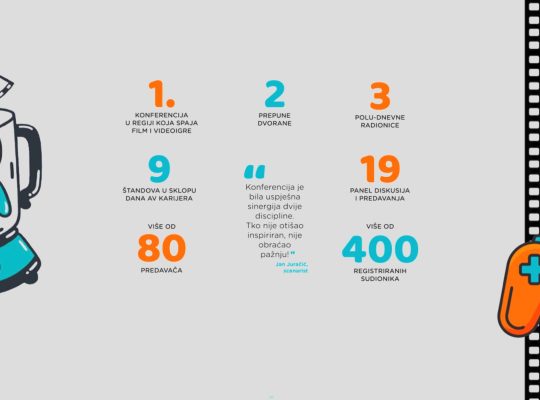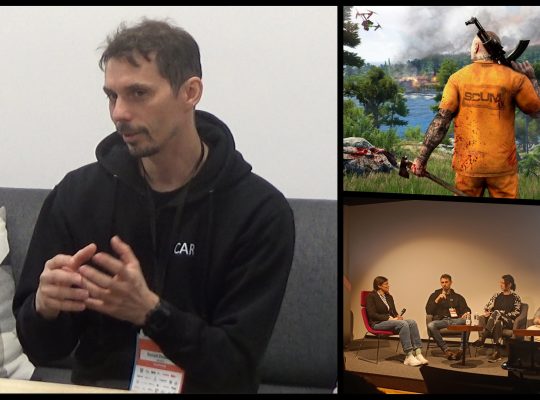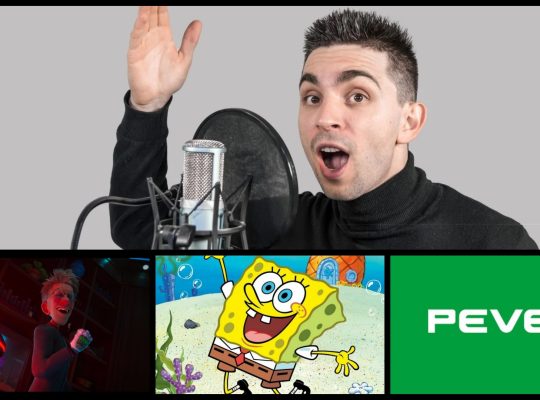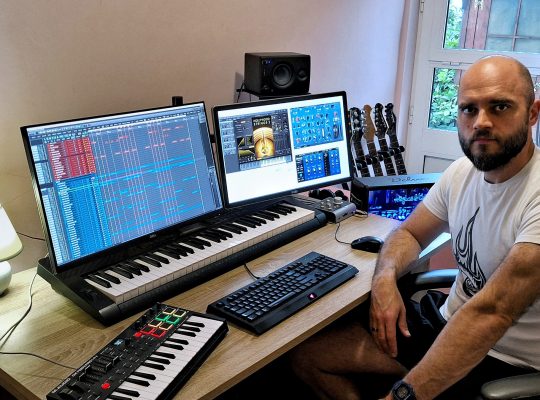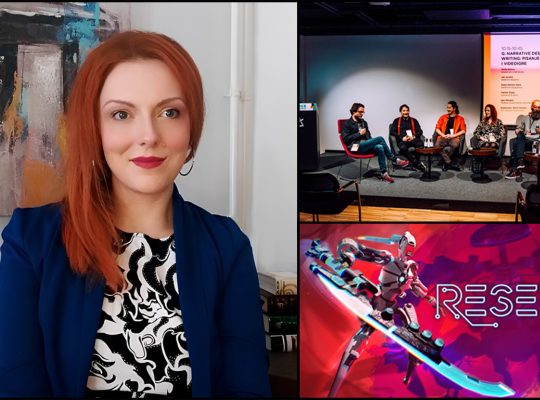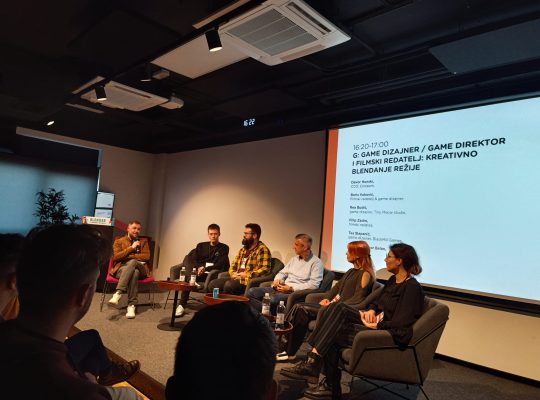At the Blender: Film & Games conference, a panel titled Animation – Similarities and Differences in Animation of Movies and Video Games was held, featuring Danijel Dizdarević and Sara Jurić from Gamepires, as well as Mladen Đukić from Aeon Production Ltd. The speakers discussed various approaches and challenges they face when animating for films and video games, and shared their experiences working on large projects such as the game SCUM and various animated films.
Differences between cinematic and gameplay animation
One of the main themes of the panel was the difference in the approach to animation in films and video games, particularly in the context of technical requirements and creative freedom. Jurić, who has experience in both industries, emphasized the key differences between film and gameplay animation. Specifically, film animation allows for much greater freedom in expressing emotions and performances, as the animation is tailored to one camera: “In the film industry, you have greater freedom of performance because you are working for one camera, whereas in video games, the animation must look good from all angles – 360°. Therefore, the technical side of animation in games is extremely important.”
Jurić also mentioned an example from Pixar's film Luca, where animators "tore" 3D models from the other side of the camera to achieve a more beautiful expression, which would be impossible in games since the animation always has to be viewed from multiple perspectives. The only similarity to film animation can be found in cutscenes, where the conditions are similar to the film approach, but gameplay animation requires high technical precision.
On the other hand, Đukić emphasized that despite the technical differences, in both media the key story and emotions conveyed by animation are crucial: “We are storytellers, regardless of the medium. Our task is to convey emotions and connect with the audience, whether it's through a film or a video game.” According to him, there are many technical differences, but the fundamental task of the animator remains the same – to create an emotional connection with viewers or players.
Workflow and technological tools
Dizdarević, who works as a lead character artist on the game SCUM, detailed the workflow process of character creation for video games, including the use of high poly and low poly models, texturing, rigging, and optimization for different devices. Dizdarević explained how game models must be adapted not only to the technical requirements of the game but also to hardware limitations: “In the game SCUM, we use a LOD system (Level of Detail), which reduces the number of polygons and texture resolution depending on the distance of the player from the object, allowing the game to run smoothly even on weaker computers.”
He also emphasized the importance of communication between different teams, including animators, programmers, and testers, to ensure that everything works in the game: “We have meetings every week to track progress, and teamwork and constant communication are key to solving technical problems and bugs that arise during development.”


Crunch time and working conditions
One of the themes that is often present in the gaming industry is crunch time – an intense period of work before the launch of a game or a major update. Dizdarević confirmed that crunch is inevitable in the video game industry, especially before important events like trade shows and the launch of new game versions: “Every time a new update is released, we have a mini crunch, and when we are preparing for larger events, like presentations at the E3 fair, we know we can work for three days straight to have everything ready.”
In the film industry, according to Đukić, crunch time is less present, but there is still pressure to complete the work on time: “In movie animation, the process is layered, but once a certain phase is locked, there is no turning back. Every mistake at the beginning later comes at a high cost, which drives us to precision at every step.”
Technological progress
The panelists also spoke about the tools and software they use in their work processes. Dizdarević mentioned that, despite the advancement of technology, he still uses the same tools as he did nine years ago: “It is not technology that makes models better, but the progress of the artists themselves. Over the years, we gain experience and develop skills, which reflects in the quality of our models.”
Đukić, who works in both the film and gaming industries, highlighted how the emergence of Unreal Engine has transformed the way they work: “Unreal Engine allows us to experiment with light and scenes in real-time, which is a huge advancement compared to older methods where we had to wait several minutes for a scene to render.” He emphasized that the transition to a real-time pipeline has helped speed up production and provided creators with greater flexibility.



